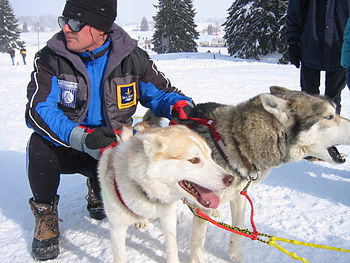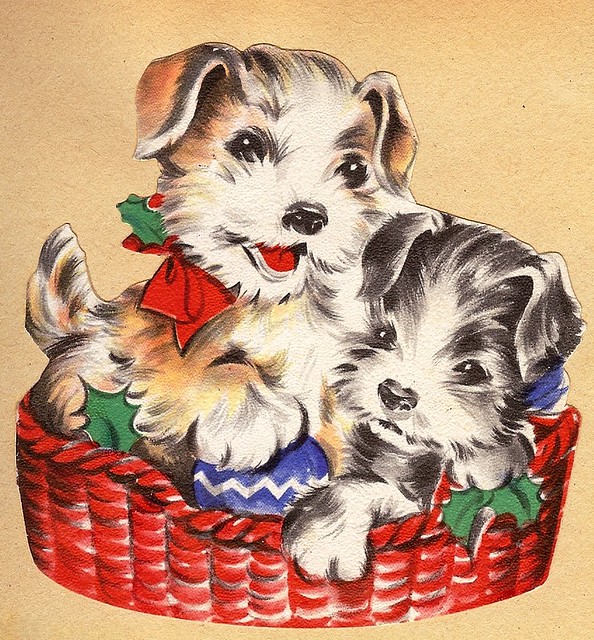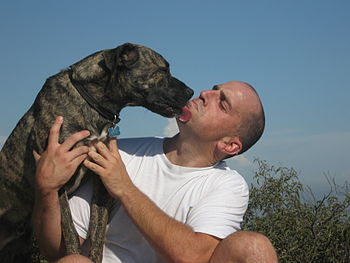Before you surrender and get that tiny bundle of fur to do your research. You need to learn which breeds are going to be best suited for your family. The size of the canine and the temperament of the canine are very important if you have small children. You should also take into consideration the way you plan on living daily with both the puppy and the youngsters.
Golden retrievers are recognized as being one of the very best household dogs and they're genuinely adoring wonderful family pets. Even so, if you're an 8-year-old child who will probably be the main puppy walker at home you may want to consider a smaller dog that may be easier for the kid to control. The very best trained dog on the planet, might out of the blue decide to run after a cat or be attacked by another canine. How would your young boy or girl be able to deal with this?
Dog walking is a good way for your dog and child to spend precious time together and to work together, but you must make sure that they are able to work well together. Simply because your dog is properly trained and responds to you, does not necessarily mean that your dog will work well with your son or daughter.
Dogs normally view youngsters as being different, than grownups. They frequently consider themselves to be above the level of the child in the family group. Therefore it is up to you to make certain that your youngster knows exactly how and when to correct the pet. Your son or daughter will need to learn how to assert authority over the animal in a confident way.
When your youngster and the canine do venture out for a walk around the block it's important that they are able to communicate together. Your youngster needs to recognize and use commands that the dog recognizes. You might begin by letting your son or daughter to lead the family pet around the house. This will show the dog that he has to obey your son or daughter. You can also make sure that your son or daughter just isn't dragging your pet around with him. Both the dog and the youngster have to know that pulling the leash is not ok.
It is also crucial that if you do plan to let your child walk the dog that the child know and adhere to the laws and policies regarding dogs in your town. There are various places where dogs will not be permitted to go and maybe unwelcome. It is also essential especially if you live in a city location that your kid realizes that clean-up is a part of walking the dog. Quite a few areas enforce significant penalties on puppy owners that fail to clean up after their family pet.
These are all things you must consider before you decide to get a pet. Unfortunately, the era of simply allowing your child to go out and walk your new puppy is gone, in lots of places. However, if you think you and your youngster are ready, a puppy can be the very best companion your child ever has.


















